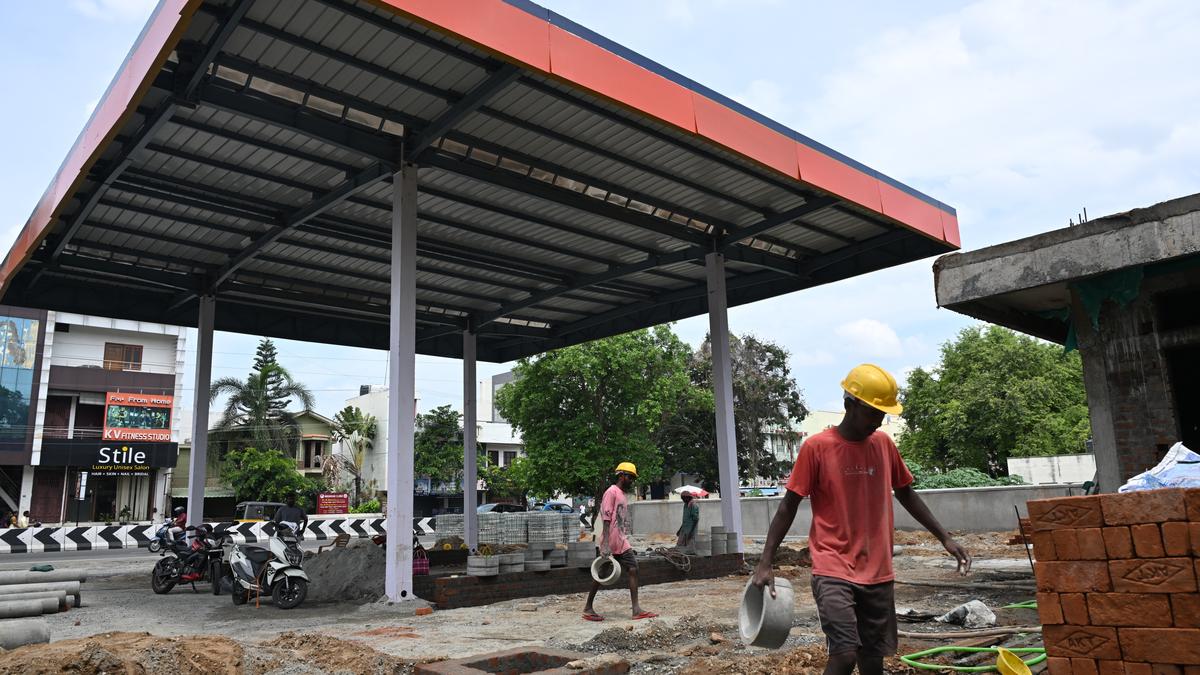In today’s fast-paced world, maintaining safety across workplaces, communities, and public spaces has become a critical priority. One of the most effective tools contributing to this effort is the use of Safety chat platforms. These digital communication channels have revolutionized how organizations and individuals share information, respond to emergencies, and prevent incidents before they escalate.
This article explores the role of safety chat platforms in incident prevention, highlighting their benefits, key features, and practical applications. Whether you are a business leader, safety professional, or community manager, understanding how these platforms function can help you leverage technology to create safer environments.
What Are Safety Chat Platforms?
Definition and Purpose
Safety chat platforms are specialized communication tools designed to facilitate real-time, secure, and organized conversations focused on safety, risk management, and incident reporting. Unlike generic messaging apps, these platforms are tailored to meet the unique needs of safety teams, first responders, and organizational personnel who require timely and accurate information exchange to mitigate risks.
Why Safety Chat Platforms Matter
Effective communication is the backbone of safety management. Delays or miscommunications can lead to incidents with costly or even fatal consequences. By providing a dedicated space for safety-related discussions, safety chat platforms ensure that crucial information is shared immediately, enabling proactive incident prevention.
Key Features of Safety Chat Platforms
Real-Time Messaging and Alerts
One of the primary advantages of safety chat platforms is their ability to deliver instant messaging and alerts. When a potential hazard is identified, safety officers can quickly notify relevant team members, allowing swift action to prevent accidents or mitigate damage.
Incident Reporting and Documentation
These platforms often include features that allow users to report incidents directly through the chat interface. This capability ensures incidents are documented accurately and stored for future analysis, helping organizations identify patterns and improve safety protocols.
Secure and Compliant Communication
Safety communication requires confidentiality and compliance with regulatory standards. Safety chat platforms incorporate encryption, user authentication, and audit trails to protect sensitive information and ensure compliance with industry regulations.
Integration with Safety Systems
Many platforms integrate seamlessly with other safety management tools such as emergency response systems, incident tracking software, and hazard identification databases. This integration enhances the overall efficiency of safety operations.
Benefits of Using Safety Chat Platforms for Incident Prevention
Improved Response Times
By enabling immediate communication, safety chat platforms reduce the lag between hazard detection and response. Faster reaction times can be the difference between preventing an incident and managing its consequences.
Enhanced Collaboration
Safety often requires input from multiple stakeholders, including security personnel, management, and external agencies. These platforms facilitate collaboration by connecting all parties in a single, unified space.
Proactive Hazard Identification
With continuous communication and reporting capabilities, safety chat platforms help identify emerging risks before they lead to incidents. This proactive approach supports a culture of safety and vigilance.
Data-Driven Safety Improvements
The data collected through these platforms can be analyzed to identify trends and recurring issues. Organizations can then implement targeted improvements based on concrete evidence rather than assumptions.
Practical Applications of Safety Chat Platforms
Workplace Safety
In industrial environments, construction sites, and offices, safety chat platforms provide workers and supervisors with a tool to report unsafe conditions immediately. Real-time alerts about equipment malfunctions or hazardous materials help prevent workplace accidents.
Public Safety and Emergency Services
Emergency responders use safety chat platforms to coordinate during crises such as natural disasters, fires, or public disturbances. These platforms ensure that information flows smoothly among teams, enhancing operational efficiency.
Community Safety Initiatives
Neighborhood watch groups and community organizations utilize these platforms to share information about suspicious activities or potential threats. This grassroots use of safety chat platforms empowers citizens to contribute to local safety.
Best Practices for Implementing Safety Chat Platforms
Training and Onboarding
To maximize the effectiveness of safety chat platforms, users must be trained on proper usage and communication protocols. Clear guidelines help maintain professionalism and prevent misinformation.
Setting Clear Communication Protocols
Defining who should be contacted for specific incidents and how messages should be structured ensures clarity and reduces confusion during emergencies.
Regular Monitoring and Updates
Ongoing monitoring of platform usage and periodic updates to features and protocols keep the system efficient and aligned with evolving safety needs.
Encouraging User Engagement
Promoting active participation from all users fosters a culture of safety and ensures that hazards are reported promptly.
Challenges and Considerations
Technology Adoption
Some organizations may face resistance when introducing new tools. Addressing concerns and demonstrating the benefits of safety chat platforms can ease this transition.
Data Privacy Concerns
Managing sensitive safety data requires strict privacy measures. Choosing platforms with robust security features is essential.
Integration Complexity
Integrating safety chat platforms with existing systems can be technically challenging. Planning and support from IT professionals help mitigate these issues.
Future Trends in Safety Chat Platforms
Artificial Intelligence and Automation
The integration of AI in safety chat platforms will enhance hazard detection and automate routine responses, further speeding up incident prevention.
Mobile-First Solutions
As mobile devices dominate communication, future platforms will prioritize mobile accessibility, allowing users to report and receive alerts anywhere, anytime.
Enhanced Analytics
Advanced data analytics will provide deeper insights into safety trends, enabling more strategic safety management.
Conclusion
Safety chat platforms are powerful tools that play a crucial role in incident prevention across various sectors. By facilitating real-time communication, secure data sharing, and collaborative problem-solving, these platforms help organizations and communities maintain safer environments. As technology advances, the capabilities of safety chat platforms will continue to evolve, offering even greater support in preventing incidents and protecting lives.
Embracing these platforms is not just a technological upgrade—it is a strategic investment in safety culture and operational excellence. For anyone committed to preventing incidents and improving safety outcomes, understanding and implementing safety chat platforms is an essential step forward.




